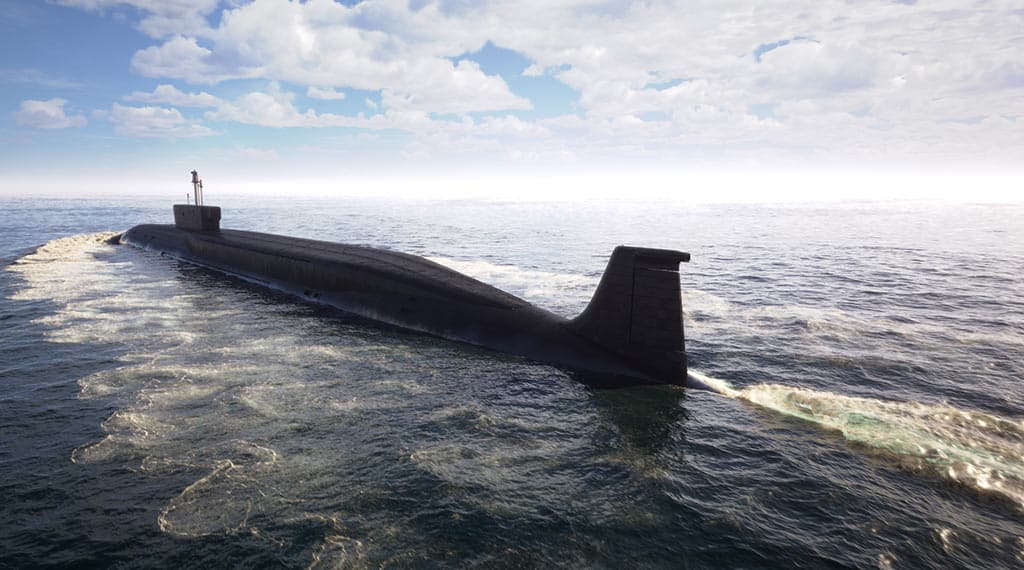Will Joe Biden lose the Arctic to Russia or China?

Originally published by The National Interest
Countering Chinese and Russian buildups in the Arctic requires a comprehensive strategy to protect U.S. interests in and around Alaska and the Canadian Arctic from encroachment.
The cold polar wastelands of the Arctic have become the latest front in the growing Cold War between Russia and China on one side and the United States and its allies on the other. This comes alongside expectations of ice-free sea lanes opening up in the region.
Latest posts by John Rossomando (see all)
- Biden channels Neville Chamberlain as Putin threatens Ukraine - December 10, 2021
- John Rossomando – The sequel to Kabul? - December 8, 2021
- COVID vaccine mandate proves Biden administration doesn’t care about military readiness - December 3, 2021
